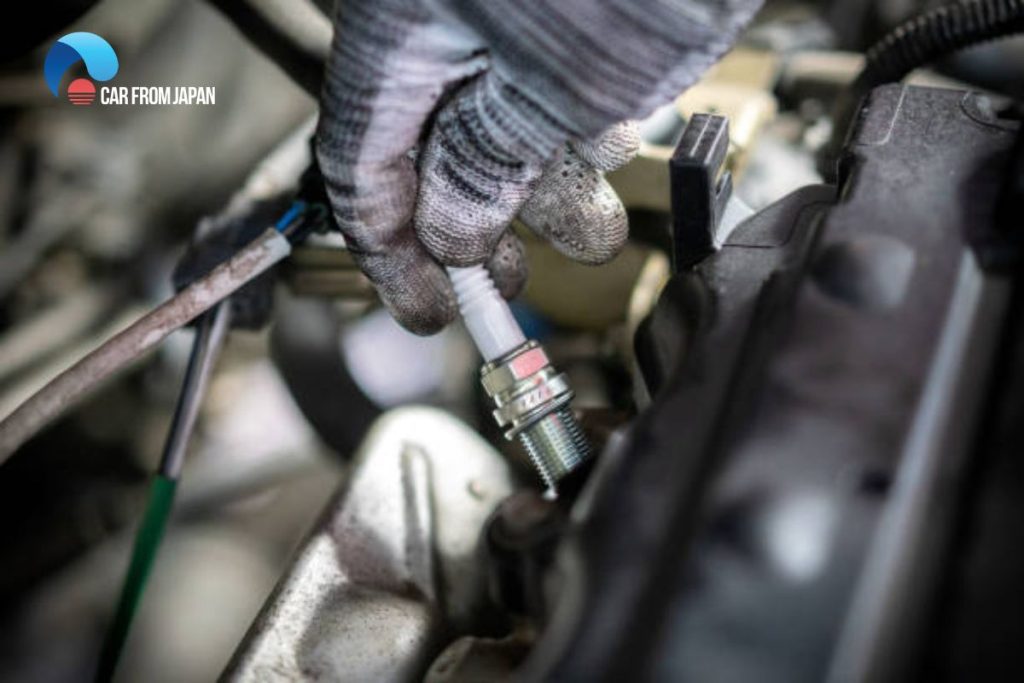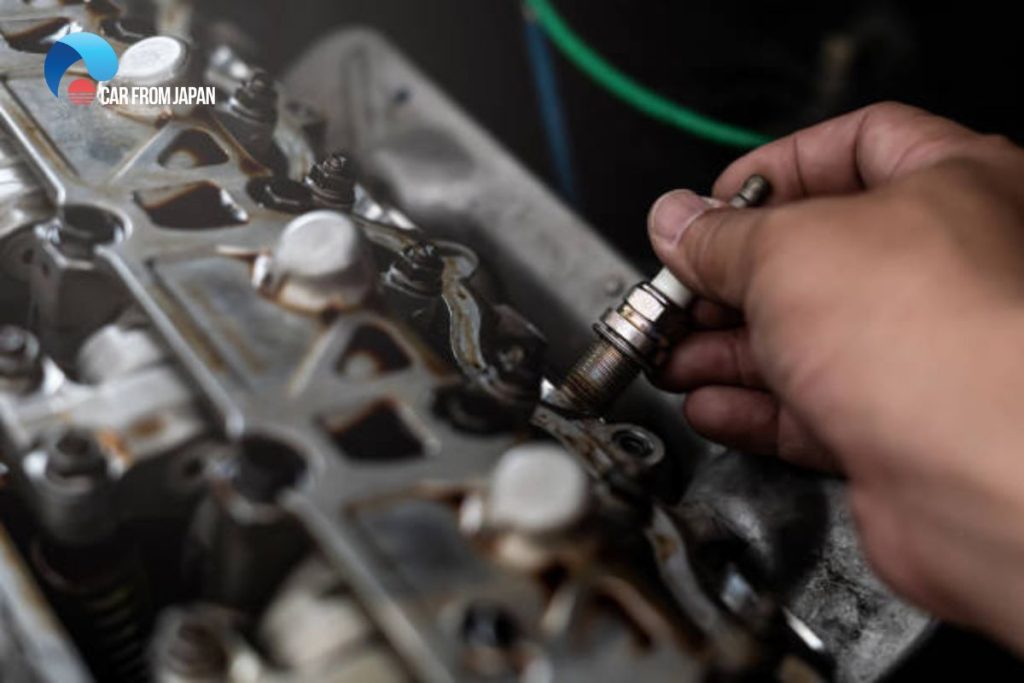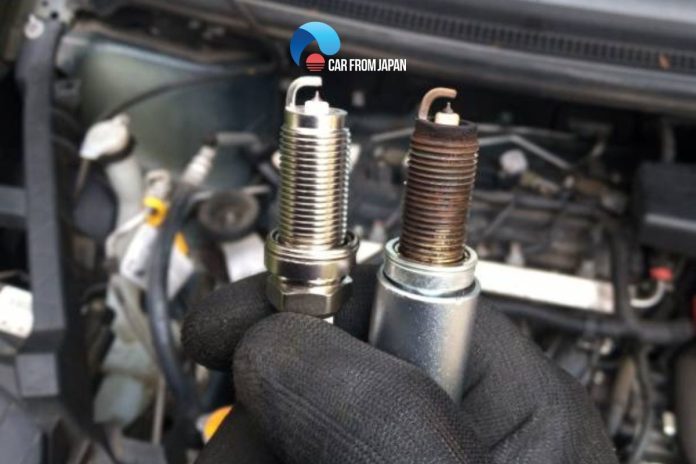Spark plugs are small, but they are critical to your car’s health. If you wait until your car won’t start, it’s too late! Checking your spark plugs regularly can help you spot problems early, like oil leaks or a fuel-wasting engine setting. In this definitive guide, we will focus on making the inspection process as clear and easy as possible. Now, let’s roll up our sleeves and start to learn how to check spark plugs:
Contents
How to Check Spark Plugs: A Detailed Analysis
Well, you first have to know what does a bad spark plug look like before knowing how to check spark plugs. A sure sign of a plug being faulty is a crack or multiple cracks on its porcelain cover. Sometimes, you will find a red coating on the ceramic insulation but it is just the additive buildup from the low-quality unleaded fuel.
Read the following steps if you want to know how to check spark plugs:
Look into the plug tip and side electrode.
If these components turn black, it means that they have been running with too much fuel. It can also indicate leaking injectors or bad wiring. In any case, it is a problem linked to the spark plugs. The combustion process is not running at its natural pace, disrupting the burning rate and cleaning process.

Examine the wiring of the plugs.
You can measure the resistance of the spark plug wires with a digital multimeter to see if they are working properly. Each foot of a wire should have a resistance of 10,000 to 15,000 ohms. A higher resistance indicates bad wiring. Even a hairline rupture somewhere can cause a total failure, which will shoot the resistance up to infinity!
Detonation damage.
Such a condition can put the engine timing off-balance. Apart from the detonation, gasoline with a poor octane rating can also cause the same consequence.
Pre-ignition.
How to check if spark plugs are firing? You can be sure of the problem if the side electrode is burnt. It happens when the plug fires too soon and does not give enough time for the fuel to be transmitted into the chamber’s air-fuel mixture. Such a condition requires quick attention because the plugs can fail at any time.

Check the sparks.
The color of the sparks can tell you whether the plugs are working or not. Remove a spark plug, but keepit plugged to the cable and ground it on the frame. Now, start the engine and see if it yields any spark.
Blue sparks mean everything is fine, but yellow or no spark means it is time to change the plugs. However, there is a problem with this method. When you are testing a plug outside the combustion chamber, the sparks don’t have to undergo the same pressure that they have to inside the chamber. For this reason, a plug sparking in this way does not guarantee that it will be functional during normal running operation.
Watch this video to learn how to test your spark plugs in just one minute:
Don’t Miss These Things during a Spark Plug Diagnosis!
You already know how to check spark plugs, but many people still fail to diagnose because they don’t know some tricks. During the inspection, you must do these things:
- Make sure that you have checked all the plugs and their wiring. Some plugs may look functional, but you cannot be sure of it until you check them thoroughly.
- In most cases, replacing the spark plugs with new ones will solve the problem. Like, you can put everything back in order by changing worn-out plugs. But it won’t fix a worn piston ring or a damaged component in the ignition system. It will be better if you have the car diagnosed by a professional mechanic.
After checking spark plugs, if you detect one of the abnormal signs as we shared in this article, we recommend that you replace it with a new one. Automakers recommend that spark plugs be replaced after 60,000 km to 100,000 km, depending on the model and type of spark plug used. When replacing, do not remove the spark plug when the car engine is still hot because at this time, the tip of the spark plug tooth is easily stuck.
Note: When removing spark plug parts, it is necessary to mark the position so that when reinstalling it, it is not confused. In case of incorrect installation, the spark plugs are not in the correct order, affecting the fuel combustion and engine operation. It is recommended to turn the spark plugs by hand to adjust the force flexibly, to avoid greasy teeth. spark plug. In addition, it is also necessary to clean the details related to the spark plugs to increase operational efficiency.
Conclusion
Checking your spark plugs might seem like a small, messy job, but as you’ve seen, it’s one of the most powerful diagnostic skills you can have.
By identifying plugs that are oily, wet with fuel, or covered in white deposits, you are catching small issues—like a lean air-fuel mix or an oil leak—before they turn into major, expensive repairs. So, don’t wait for rough idling or a misfire to force your hand. Make checking your spark plugs a regular part of your routine.




Hello tsukasa Azuma
I. Hope you are doing well.
Today is 5th August 2018, I parked my Toyota wish 2003 model on 4th August 2018 after a whole weeks movement after it had a car wash but today it couldn’t start not even any dashboard light is on I had never changed the battery it came with from Japan 2 months ago am in Uganda.
What do I do? What’s your advice
By today I meant 5th August 2018.
Txs